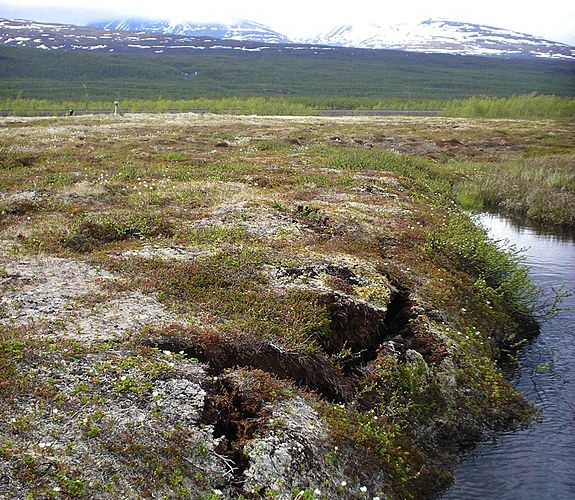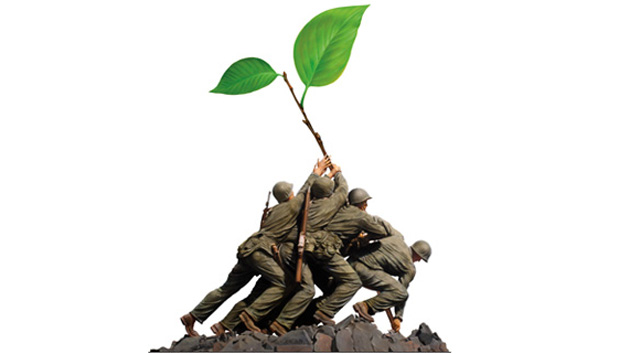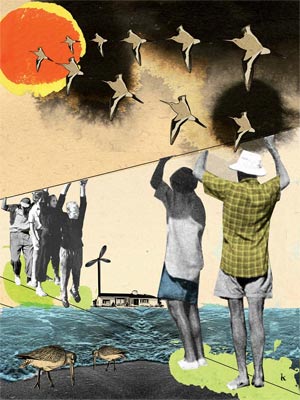
<a href="http://www.flickr.com/photos/borismitendorfer/">Boris Mitendorfer Photography</a> at <a href="http://www.flickr.com/photos/borismitendorfer/4350060690/">Flickr</a>
Not all homes pollute equally—even in the relatively homogeneous world of a mid-sized town in Switzerland. A study of a village of 3,000 finds that 21 percent of households belched half the town’s greenhouse gases. The biggest factors running up the carbon tabs of the disproportionate polluters: the size of their houses and the length of their commutes. Airline travel wasn’t factored into this research.
The energy people use to power their homes and drive their lives accounts for more than 70 percent of CO2 emissions, write the authors in Environmental Science & Technology. But in addressing that problem policymakers and environmentalists mostly point their fingers at the supply side: power plants, heating and cooling systems, and the fuel efficiency of cars. The Swiss researchers chose to parse it differently and developed a lifecycle assessment model of how energy consumption for housing and car travel, per household and per capita, impacts greenhouse gas emissions.
Their conclusion: ?energy conservation in a small number of households could go a long way to reducing greenhouse gas emissions. If the super polluting homes cut their emissions in half, the authors write, “the total emissions of the community would be reduced by 25 percent.”
Be interesting to see the model these researchers developed used to compare the larger income and lifestyle gaps typical in US towns and cities.
I wrote more about the power of individual choices in combating emissions in Diet for a Warm Planet.















